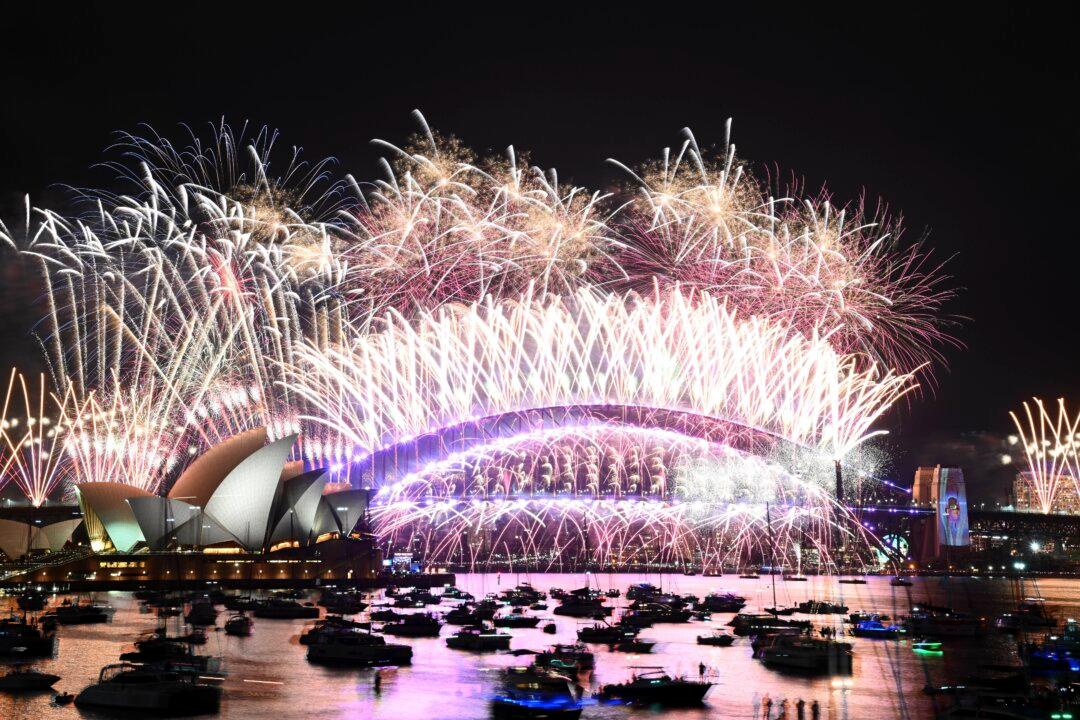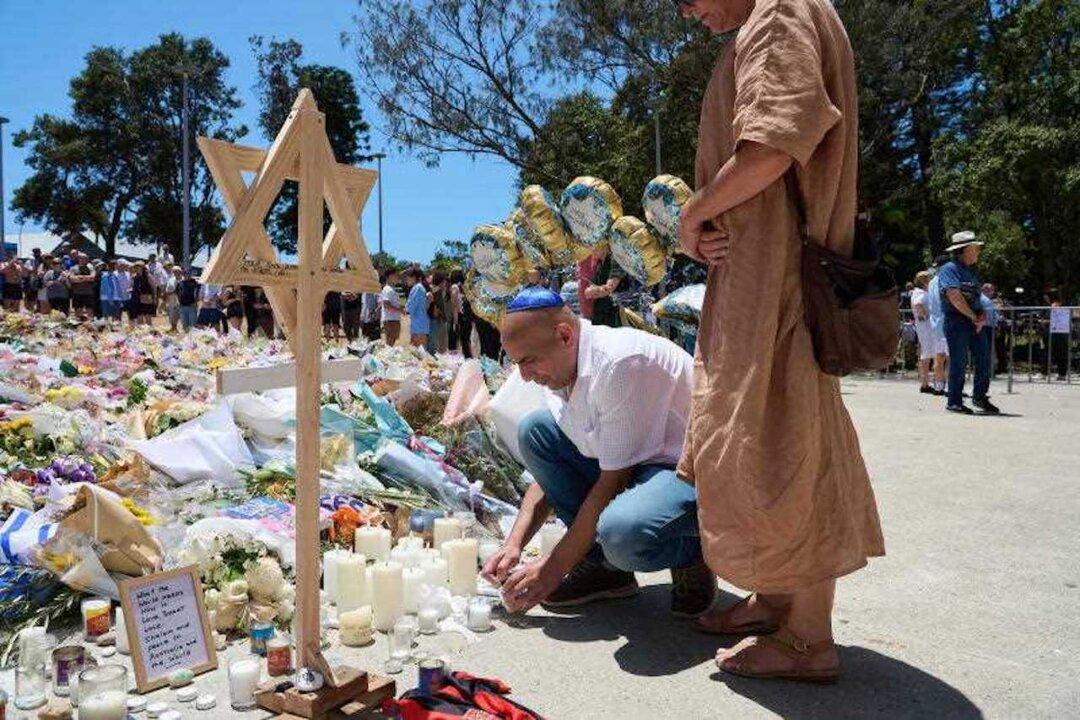Health treatments and diagnosis from the comfort of home are becoming more prevalent in Australia and although at-home treatment is leading to fewer hospital readmissions and deaths, initial diagnoses made online can be risky, new studies have found.
New research published in the Medical Journal of Australia from Edith Cowan University shows close to 40 percent of Australians turn to “Dr Google” for online information to self-treat.





